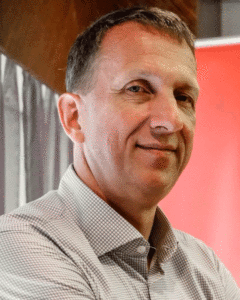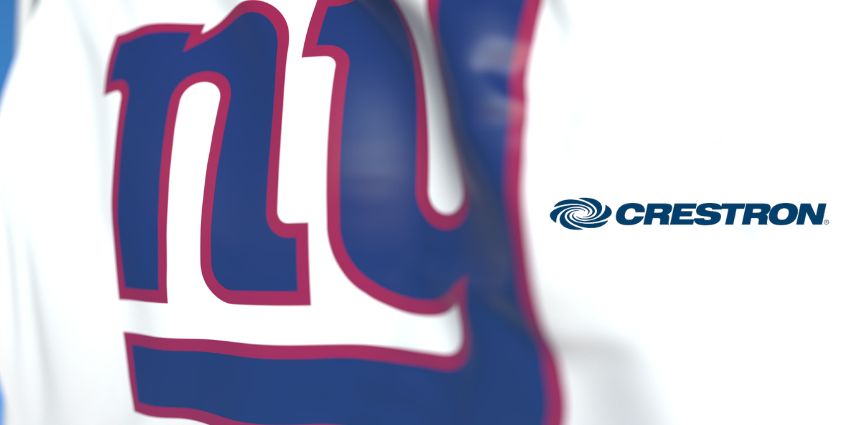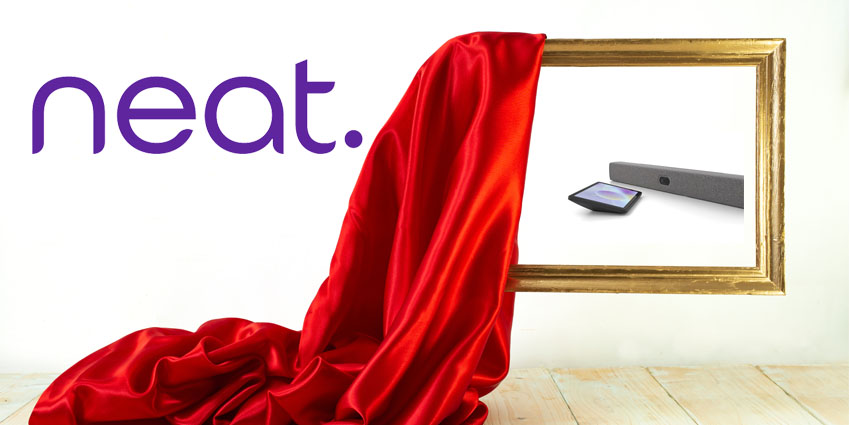I had the opportunity to attend the Avaya Engage 2019 conference this year. As leaders in the business communications and contact centre space, Avaya had plenty of insights to offer into the changing nature of UC, and they even provided an overview of their Open SIP headset range.
I spoke to Ard Verboon, the GM of Devices at Avaya, about the changing nature of business communication endpoints, and the transformational devices that Avaya is creating to change the way we look at the desktop device.
What Were Partners Excited about in the Endpoint Space This Year?

Following a big year for endpoint development in 2018, Avaya was once again ready to show off it’s growing range of devices at Engage, including solutions like the Avaya Vantage phone, new open SIP phones and headset devices. I was keen to find out what Avaya’s partners were most excited about in 2019.
“They’re excited about a lot of things. Particularly, the open SIP nature of our endpoints is compelling to our partners because it means that they can access a brand-new multitude of potential markets. This year, we’re doing more than ever to help partners increase their addressable markets and connect with a broader range of customers. As more of the market focuses on interoperability and flexibility, open devices allow Avaya resellers to sell to people who had never previously considered Avaya.”
According to Verboon, there are two ways that Avaya plans to stand out in the growing endpoint market this year. The first method involves using Avaya’s strong reputation for reliability, scalability, and quality.
“We’re really pushing hard on zero-touch provisioning to boost scalability as well. We’re giving people a way to move to the cloud faster.”
Another USP for Avaya is their commitment to answering the needs of their customers. “We’re listening to the feedback of our customers, and we’ve found that people appreciate what we deliver.”
What’s Exciting for Avaya in the Headset Space?
I was keen to discover why Ard Verboon thought the Avaya brand had chosen to focus more aggressively on headset solutions this year. He told me that the plan right now is to make Avaya on Avaya deployments look and feel better. “We’re excited about the idea of transforming our entire install base into a customers with Avaya on Avaya solutions, where they can rely on us for everything from desktop devices to software and headsets.”
Ard told me that Avaya had recently trademarked a new technology to bring into their headset portfolio too, called “Acoustic Edge.” The feature is designed to provide better acoustic hearing protection to individuals in the office or contact centre environment. It works by measuring the energy in a signal and dynamically limiting the output to protect both sound quality, and user hearing.
“We’re making this service backward compatible through our entire portfolio too”
How Do You Feel about Device as a Service?
Avaya has had “Device as a Service” offerings for their clients for some time now. The strategy ensures that people with month-to-month cloud subscriptions for their software can also access similar as-a-service solutions for their desktop IP phones, audio conferencing devices and more. According to Verboon, device as a service allows Avaya to further deliver on the promises that they make to their market.
“We let customers move to the cloud at their own pace, which means that we still support servers, partner hosting, and various other options along with the public cloud. This means we’re not forcing people to replace their strategy in any way. You can simply have the solution that suits you. To give people that flexibility, we have to offer a range of things, including as-a-service OpEX solutions that support better cash-flow for some of our customers.”
Ard noted that OpEX solutions don’t necessarily work for everyone. However, Avaya believes that it’s not up to them to decide what’s best for their customer. As-a-service options mean that Avaya can deliver more options, and Ard noted that there would be additional support and service wrap options coming with this solution in the future.
How Do You Think the Endpoint Market is Changing?
There has been a lot of evolution in the endpoint and headset market in recent years. Avaya has been moving through their own transformation during this time too, focusing more on flexibility and cloud solutions for their customers. Ard told me that Avaya’s vision is to be the ultimate “cloud portal” for their customers – the way that they access transformation.
“We believe in giving people a gateway to their future. This is our position as an endpoint provider. Now that the workforce is changing, we’re also working on delivering the next level of openness for our customers too, so that younger users can build the experience that’s right for them.”
Ard told me that millennials and younger generations want to be able to consume technology according to their preferences. To make standard endpoint devices appeal to these customers, distributors and vendors need to present the endpoint differently. “It’s about changing the desk phone from a phone into an AI office assistant. For instance, the Vantage device can let people know how many emails they have, book meetings, and set up calls all through voice commands. It’s just like using Alexa, or another virtual assistant.”
According to Verboon, Avaya is now demonstrating great technology at conferences like GITEX that allow them to show off a vision of the desktop device as something new and customisable. “We can make endpoints into functionality blocks that people can build their ideal office with. Now that there’s so much disruptive technology in the world, there’s no reason or endpoints to stay dumb.”
How Do You Think Things Will Evolve Going Forward?
Ard told me that for him, things like wearables and new endpoint devices are a definite next step, as is the idea of “cord cutting.” He noted that today’s television companies are losing cable customers to Netflix streaming and solutions without wires and that communication will begin to move in the same direction.
“By the end of this quarter, the entire Avaya devices portfolio will be ready for this cordless future. Everything from voice to video conferencing will be wireless (WiFi enabled)”
“This means companies can avoid the expense of cabling and changing their offices every time they need to change the format of a space. In the call centre, companies will be able to temporarily add new workers without having to invest in extra cabling.”
For Avaya, the future is all about giving people the freedom to adapt and explore at their own pace, while ensuring they have the proprietary tools they need to thrive on their path to transformation.







